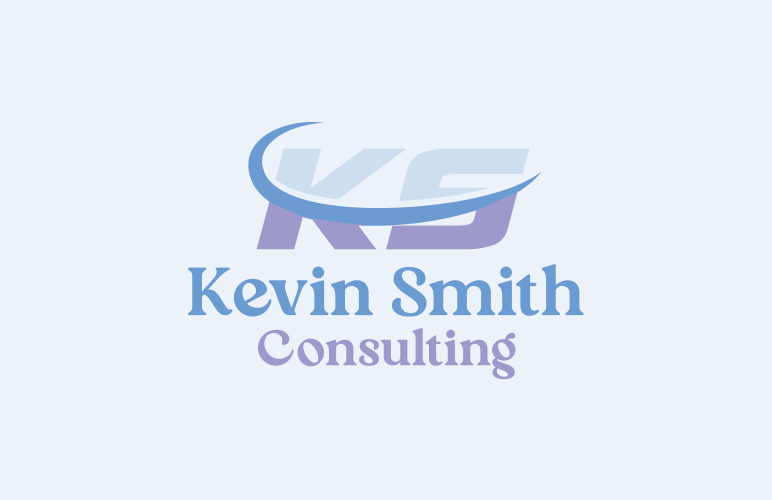Content Marketing Techniques for Small Businesses: Building Engagement and Driving Growth
- “Define Your Target Audience”
– Discover the importance of defining your target audience and aligning your content strategy with their needs and preferences.
- “Create High-Quality and Valuable Content”
– Learn how to produce content that provides value, establishes expertise, and incorporates SEO techniques for better visibility.
- “Promote Your Content”
– Explore strategies to promote your content across various channels, engage with influencers, and leverage user-generated content (UGC).
- “Embrace Data and Analytics”
– Understand the significance of data analysis in tracking content performance and making informed content strategy adjustments.
- “Collaborate with Influencers and Partners”
– Learn how to form strategic partnerships with influencers and complementary brands to expand your reach and credibility.
- “Foster Audience Engagement”
– Discover the importance of building meaningful relationships with your audience through active engagement and responsive communication.
Content Marketing Techniques for Small Businesses: Building Engagement and Driving Growth
In today’s digital landscape, content marketing is a powerful tool for small businesses to attract, engage, and convert their target audience. In fact, you can say my own attempts to create content that is informative and helpful is how you found this blog. Today, we will explore effective content marketing techniques that small businesses can utilize to create compelling content, increase brand visibility, and drive business growth.
Define Your Target Audience
Before diving into content creation, clearly define your target audience. Understand their demographics, interests, pain points, and preferences. This knowledge will guide your content strategy, ensuring that your messaging resonates with and addresses their specific needs.
Once defined, craft a comprehensive content strategy that aligns with your business objectives and target audience. Define your content themes, formats, and channels. Plan your content calendar, ensuring a consistent flow of valuable content that educates, entertains, or inspires your audience.
Create High-Quality and Valuable Content
Produce content that provides value and solves your audience’s problems. Offer informative blog posts, how-to guides, case studies, infographics, videos, or podcasts. Focus on creating content that establishes your expertise, builds trust, and positions your small business as a go-to resource in your industry. This may seem daunting but always take it one piece of content at a time. You don’t need to write 100 blogs to start. Just write one.
Once created, you will want to implement search engine optimization (SEO) techniques to increase the visibility and discoverability of your content. Conduct keyword research to identify relevant and high-ranking keywords. Incorporate these keywords strategically in your titles, headings, meta descriptions, and throughout your content. Aim to create content that addresses specific search queries and fulfills user intent.
There also is value in diversifying your content by using various formats to cater to different preferences and consumption habits. Experiment with blog posts, videos, infographics, podcasts, webinars, or interactive quizzes. Repurpose existing content into different formats to reach a wider audience and maximize the value of your content assets.
Promote Your Content
Creating great content is just the first step. Promote it to ensure maximum visibility and engagement. Share your content across social media platforms, leverage email marketing campaigns, and engage in online communities and forums where your target audience is active. Collaborate with influencers or industry experts to amplify your reach.
Harness the power of user-generated content (UGC) by encouraging your audience to create and share content related to your brand. This can include testimonials, reviews, social media posts, or user-submitted stories. UGC not only provides social proof but also fosters a sense of community and builds stronger connections with your audience. It sounds hard at first but lean into your most loyal customers as a starting point.
Embrace Data and Analytics
Track and analyze the performance of your content using tools like Google Analytics. Monitor metrics such as page views, time on page, bounce rate, and social media engagement. Gain insights into what content resonates best with your audience and adjust your content strategy accordingly to maximize results.
Collaborate with Influencers and Partners
Forge strategic partnerships with influencers or complementary brands to extend your reach and tap into new audiences. Collaborate on content creation, co-host webinars, or cross-promote each other’s products or services. Leverage their influence and expertise to enhance your credibility and broaden your brand exposure.
Building meaningful relationships with your audience is key. It will deliver the most value. Respond to comments, messages, and inquiries promptly. Encourage dialogue, ask questions, and seek feedback. Engage with your audience across social media platforms, email newsletters, and blog comments. By nurturing these relationships, you’ll foster brand loyalty and create brand advocates.
Summary
Content marketing offers immense opportunities for small businesses to connect with their target audience, establish authority, and drive growth. By understanding your audience, developing a solid content strategy, creating valuable content, optimizing for SEO, promoting effectively, leveraging UGC and data, collaborating with influencers, and fostering engagement, small businesses can unlock the power of content marketing and achieve long-term success. Embrace these ideas and you will see significant long-term benefit for your small business.
